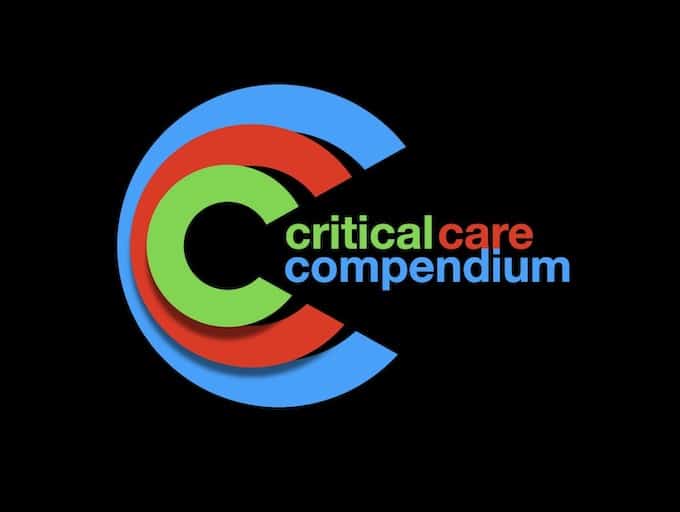
Coiling versus Clipping in aneursymal SAH
Aneurysms can be either angiographically coiled or surgically clipped following subarachnoid haemorrhage

Aneurysms can be either angiographically coiled or surgically clipped following subarachnoid haemorrhage

Decompressive Craniectomy: can be prophylactic or therapeutic; increases intracranial compliance and prevents/treats elevated ICP (especially if dura opened)

Monitoring in the critically ill subarachnoid haemorrhage patient is primarily to detect vasospasm.

Neurosurgery Literature Summaries

Causes of visual loss or blindness can be categorised by presence or absence of trauma, transient or persistent and monocular or binocular.

Different diagnosis of the causes associated with retinal haemorrhage

SAH Complications including Neurological deterioration; Seizures; Hyponatremia; Cardiac complications; Re-bleeding; Vasospasm

Subarachnoid Haemorrhage Grading Systems: GCS; Hunt and Hess; WFNS; Fisher; Claassen; Ogilvy and Carter

SAH ICU Management: Follows initial management of SAH; FASTS HUGS IN BED Please applies; certain aspects have particular relevance

SAH initial management includes: resuscitation; specific treatment; supportive care and monitoring; disposition

Subarachnoid Haemorrhage: Prognostication - some factors are modifiable; mortality rates currently ~35%; 15% die prior to reaching hospital; 8-20% long-term dependence

Subarachnoid Haemorrhage (SAH) potentially fatal bleeding into the subarachnoid space, usually due to a ruptured cerebral aneurysm